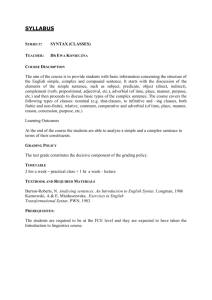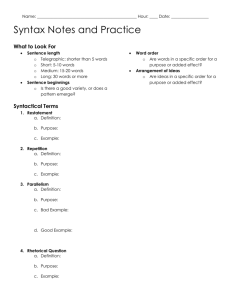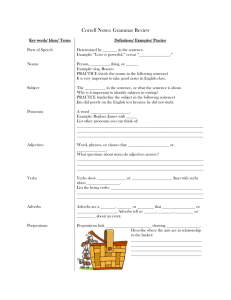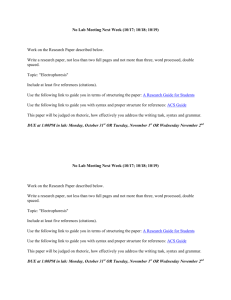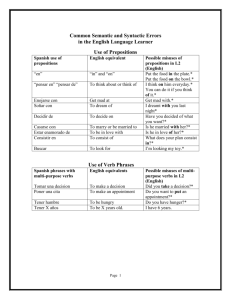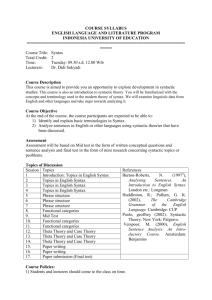When compared with compositional works of Koiné Greek, the
advertisement
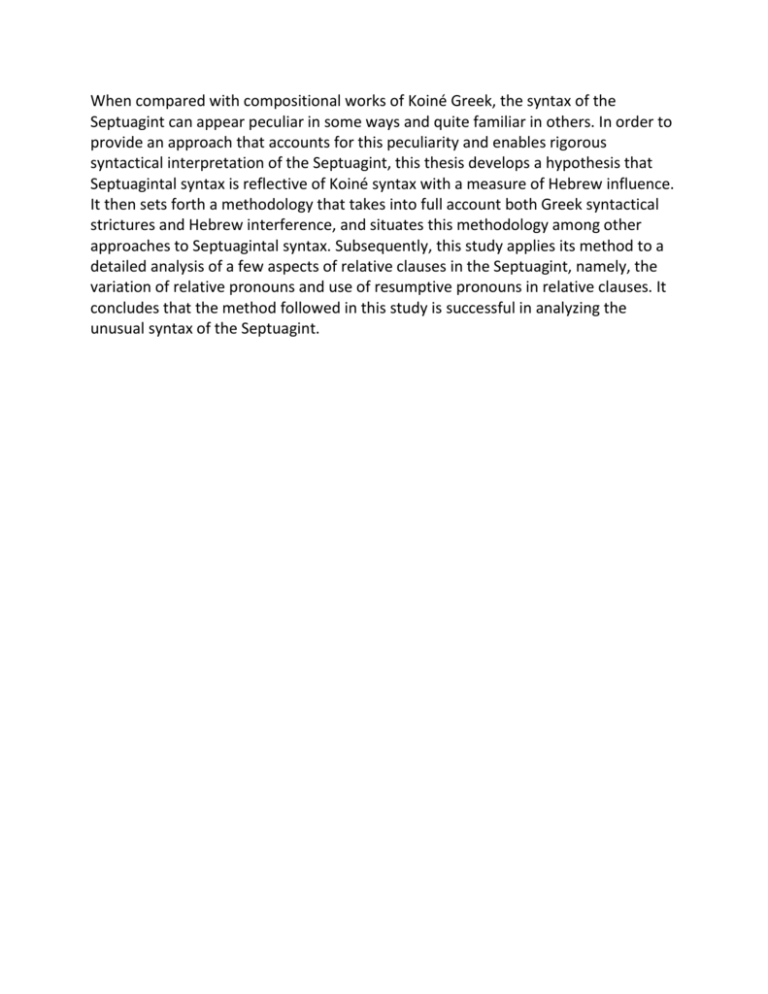
When compared with compositional works of Koiné Greek, the syntax of the Septuagint can appear peculiar in some ways and quite familiar in others. In order to provide an approach that accounts for this peculiarity and enables rigorous syntactical interpretation of the Septuagint, this thesis develops a hypothesis that Septuagintal syntax is reflective of Koiné syntax with a measure of Hebrew influence. It then sets forth a methodology that takes into full account both Greek syntactical strictures and Hebrew interference, and situates this methodology among other approaches to Septuagintal syntax. Subsequently, this study applies its method to a detailed analysis of a few aspects of relative clauses in the Septuagint, namely, the variation of relative pronouns and use of resumptive pronouns in relative clauses. It concludes that the method followed in this study is successful in analyzing the unusual syntax of the Septuagint.
